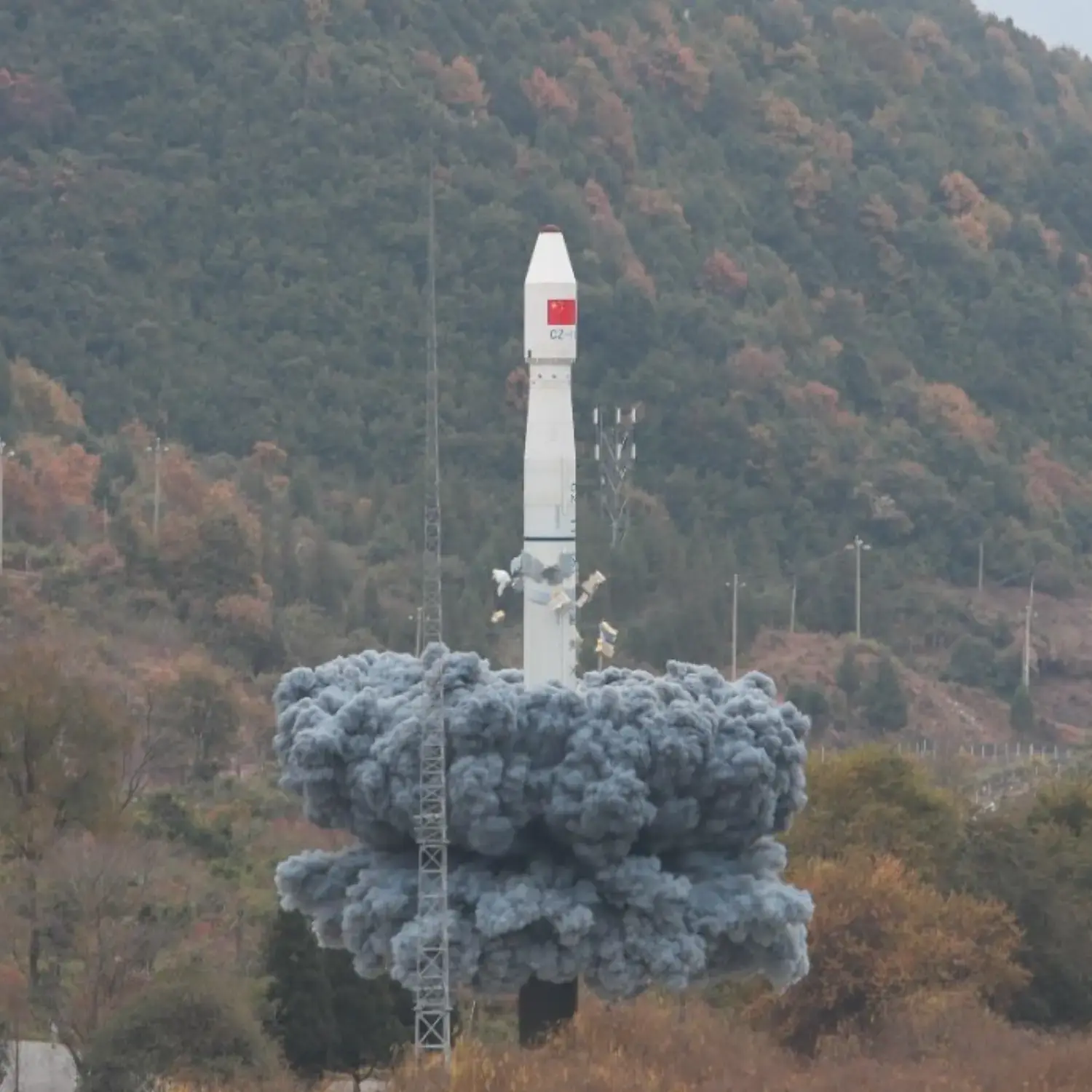/
XPNAV 1, Xiaoxiang 1 & Others
Launch Success
Liftoff Time (GMT)
23:42:00
Wednesday November 9, 2016
Mission Details
Read Article
Xiaoxiang 1
Xiaoxiang 1 (XX 1), also known as TY 1 (Tianyi 1), is a prototype commercial research nanosatellite developed by Spacety Aerospace Co. at the Changsha Gaoxinqu Tianyi Research Institute, Hunan. The 8 kg satellite is built to the 6U CubeSat form factor. The payload consists of a stabilization system to provide precise, stabilzed camera pointing. It serves as a pathfinder for a small constellation of commercial research satellites (TY 2-5).
Low Earth Orbit
1 Payload
8 kilograms
CAS 2T & KS 1Q
CAS 2T & KS 1Q are two autonomous payloads mounted on the upper stage of the launcher. CAS 2T (Chinese Amateur Radio satellite 2T) or Fengtai-1 is a technical verification payload for CAMSAT CAS-2 series amateur radio satellites. CAS 2T is a 2U CubeSat fixed to the final stage of rocket. Kechuang Aerospace Forum's KS 1Q is an attached qualification payload for the proposed Kechuang satellite constellation. It is to verify an ultra-small sun sensor, an TT&C transponder, key technology for an optical telemetry transmitter, an inertial measurement unit and carries a wide-angle camera.
Low Earth Orbit
2 Payloads
2 kilograms
XPNAV 1
XPNAV 1 (X-Ray Pulsar Navigation) or Maichong Xing Shiyan Weixing is a Chinese minisatellite to test autonomous spacecraft navigation and more precise deep-space navigation by using the signals of X-ray pulsars. X-ray pulsar navigation is an innovative navigation technique wherein periodic X-ray signals emitted from pulsars are used to determine the location of a spacecraft in deep space. Current ground-based navigation methods are limited by the time delay between spacecraft and the Earth. However, for certain types of pulsars, called "millisecond pulsars," pulses of radiation occur with the regularity and precision of an atomic clock. As a result, in some scenarios, the pulsar X-ray can take less time to estimate a location. This leads to more precise measurements of a spacecraft’s location. As X-rays from pulsars are absorbed by the atmosphere, scientists have to test this technique in space. This satellite is to detect the details of X-ray signals of 26 nearby pulsars and to create a pulsar navigation database. This target could be achieved within five to 10 years.
Low Earth Orbit
1 Payload
240 kilograms
Lishui 1-01
Lishui 1-01 is a Chinese nanosatellite, likely a CubeSat. It is designed by the Zhejiang LiTong Electronic Technology Co., Ltd. It is the prototype of a commercial remote-sensing satellite. The company plans to build a constellation of up to 120 commercial satellites.
Low Earth Orbit
1 Payload
Pina-2 01 & 02
Pina-2 01 & 02 are Chinese nanosatellites, likely Cubesats. Their mission is unknown.
Low Earth Orbit
2 Payloads
Rocket


Agency
CASCPrice
$5.30 million
Rocket
Height: 20.8m
Payload to Orbit
LEO: 530 kg
GTO: 2 kg
Liftoff Thrust
1,176 Kilonewtons
Fairing
Diameter: 2m
Height: 5m
Stages
4
Launch Site
Stats
Long March 11
2nd
Mission
1st
Mission of 2016
2016
67th
Orbital launch attempt